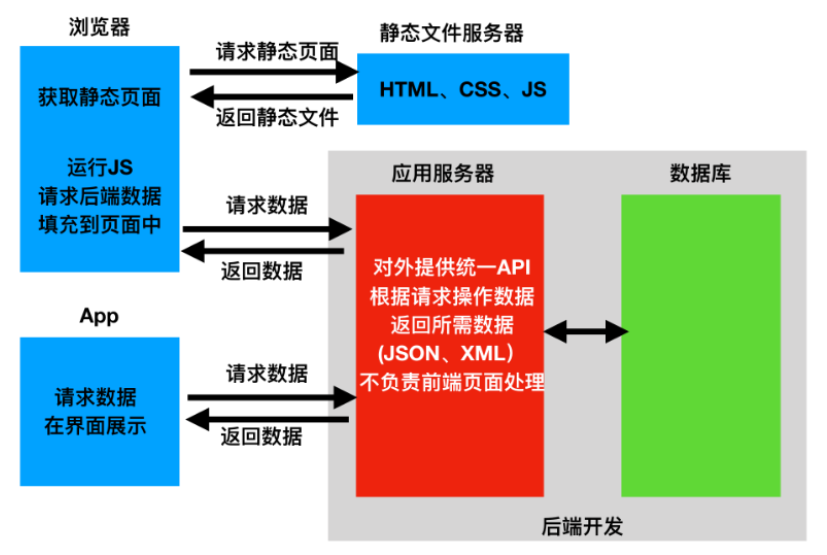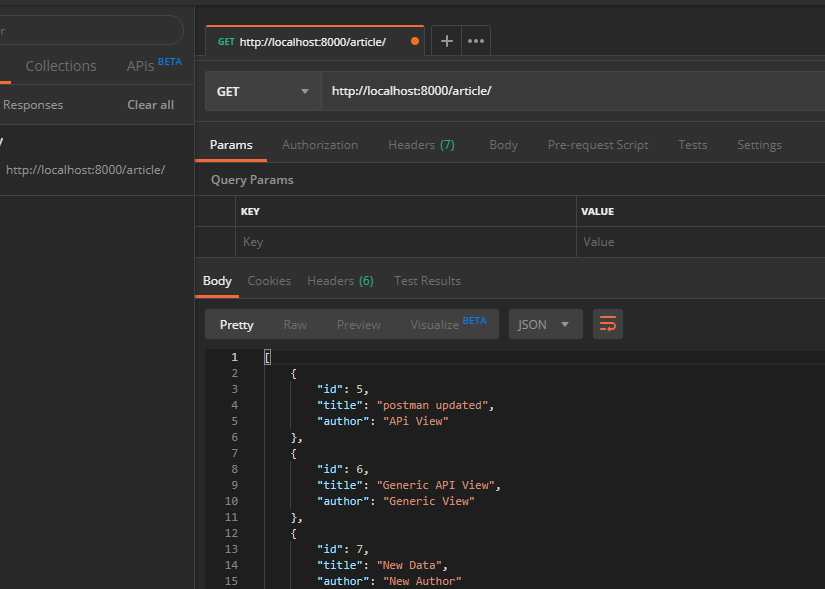


- #Django rest framework mixins update
- #Django rest framework mixins verification
- #Django rest framework mixins code
Permission_classes = Grant write permissions only to authorized users class IsReviewAuthorOrReadOnly (permissions. SAFE_METHODS = ('GET', 'HEAD', 'OPTIONS') // In views.py class EbookListCreateAPIView (generics.

has_permission (request, view ) return request. IsAdminUser ) :ĭef has_permission (self, request, view ) : // IsAdminUser's has_permission method Or create a custom permission class for more precise access permissions, // In permissions.py class IsAdminUserOrReadOnly (permissions. Using built-in permissions, class EbookListCreateAPIView (generics. Permission system can be managed globally in settings.py, or locally (per view) in each view class. validated_data send_email ( from =email, message =message ) Permissions save() directly, you can make the method more meaningful.
#Django rest framework mixins verification
This can be the case when sending a verification email to a user, instead of creating new instances.īy overriding. You can do so by including additional keyword arguments when calling. This additional data could be a foreign key object, current time, or anything else that is not part of the request data.
#Django rest framework mixins code
Sometimes you wnat your view code to inject additional data at the point of saving an instance. Used for read-write-delete endpoints to represent a single model instance. Used for read or delete endpoints to represent a single model instance.
#Django rest framework mixins update
Used for read or update endpoints to represent a single model instance. Used for read-write endpoints to represent a collection of model instances. Used for update-only endpoints for a single model instance. Used for delete-only endpoints for a single model instance. Used for read-only endpoints to represent a single model instance. Used for read-only endpoints to represent a collection of model instances. RetrieveUpdateAPIView for example will extend the GenericAPIView class as well as RetrieveModelMixin and UpdateModelMixin.

create() rather than defining the handler methods, such as. The Mixin Classes provide action methods such as. destroy() actions.The GenericAPIView class is often used with Mixins, classes that provide further functionalities to our views, increasing their capabilities. Again we're using the GenericAPIView class to provide the core functionality, and adding in mixins to provide the. def delete ( self, request, * args, ** kwargs ):.def put ( self, request, * args, ** kwargs ):.retrieve ( request, * args, ** kwargs ) We're then explicitly binding the get and post methods to the appropriate actions. The base class provides the core functionality, and the mixin classes provide the. We're building our view using GenericAPIView, and adding in ListModelMixin and CreateModelMixin. We'll take a moment to examine exactly what's happening here. def post ( self, request, * args, ** kwargs ):.def get ( self, request, * args, ** kwargs ):.Let's take a look at how we can compose the views by using the mixin classes. Those bits of common behaviour are implemented in REST framework's mixin classes. The create/retrieve/update/delete operations that we've been using so far are going to be pretty similar for any model-backed API views we create. One of the big wins of using class-based views is that it allows us to easily compose reusable bits of behaviour.


 0 kommentar(er)
0 kommentar(er)
